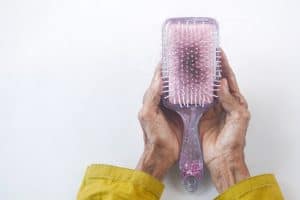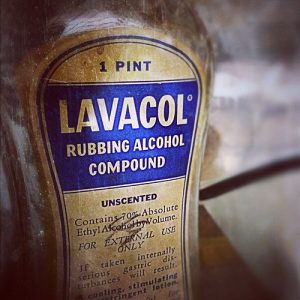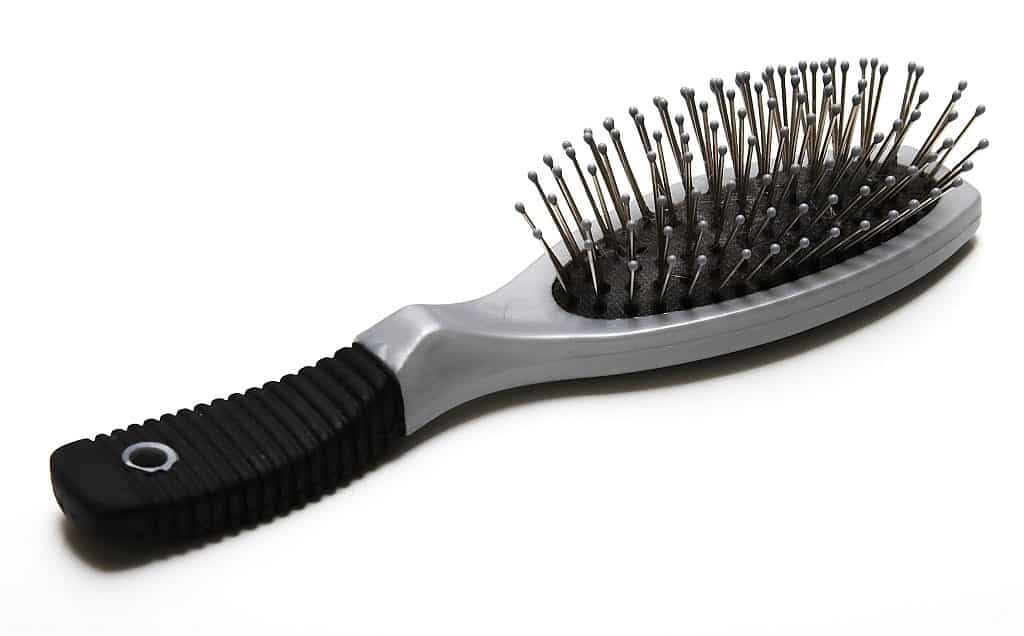Knowing how to clean a hairbrush after lice is essential to prevent re-infestation. This task may seem daunting, but it is crucial in achieving a lice-free environment. If you’ve experienced a head lice infestation, simply treating your scalp won’t be enough. Lice eggs can remain on hair brushes, hair accessories, and other hair-related items and hatch up to two weeks later, leading to a continuous cycle of infestations.
Comprehensive Guide on How to Clean a Hairbrush After Lice
Lice infestations are typically spread through close contact from person to person, shared hair brushes, or borrowed hair accessories. Regularly cleaning these items can effectively kill lice, stop the spread, and treat head lice.
Step-by-Step Method to Clean Hair Brushes and Combs

- Removing All the Hair: The first step in cleaning hair brushes and combs after a head lice infestation is removing all the hair. Use a nit comb or an old toothbrush for this process.
- Soaking the Brushes: Next, soak brushes and combs in hot water for at least fifteen minutes. This process kills adult lice, lice eggs, and can effectively treat head lice and get rid of lice.
- Using Rubbing Alcohol: After soaking, take out the hair brush and put it into a bowl filled with rubbing alcohol for one hour. The alcohol kills lice and lice eggs that survived the hot water.

- Rinse and Air Dry: Finally, rinse the brush under hot running water and let it air dry.
For a more thorough cleaning process, you can alternate between hot water and rubbing alcohol a few times before a final rinse.
Dealing with other Hair Accessories, Stuffed Animals, and Personal Items
Dealing with head lice doesn’t stop at hair brushes. Other hair accessories and items like hats, scarfs, and stuffed animals can harbor remaining lice.
- Durable Items: For items that can withstand high heat, soaking in boiling water or placing in a dryer on high heat can effectively kill lice and lice eggs.
- Delicate Items: For more delicate items, place them in a zip-top plastic bag and put in the freezer overnight. The freezing temperature can effectively kill lice.
- Non-Washable Items: For non-washable items, place them in a sealed plastic bag for at least two weeks. This duration exceeds how long lice can live without a human host.
Consulting a Professional Lice Treatment Center
If you’re still finding it hard to get rid of lice in your household, consider seeking help from a professional lice treatment center. A personal lice coach can provide you with effective lice treatment methods, advise you on long-term solutions, and educate you on preventive measures.
Prevention is Better than Cure
Preventing a lice infestation is much easier than treating one. Regular cleaning of hair accessories, avoiding sharing hair brushes with family members or close contacts, and conducting routine checks for head lice, especially for school-age children, can aid in prevention.
Over the Counter Treatment and Medication
Over the counter treatment and medications are also effective in treating lice. While these may deal with the lice on your head, it’s still essential to clean hair brushes combs and other hair accessories.
In conclusion, learning how to clean a hairbrush after lice is integral to preventing re-infestations. While it might seem like a daunting task, following these steps can help you effectively combat an infestation and ensure your home remains lice-free.

